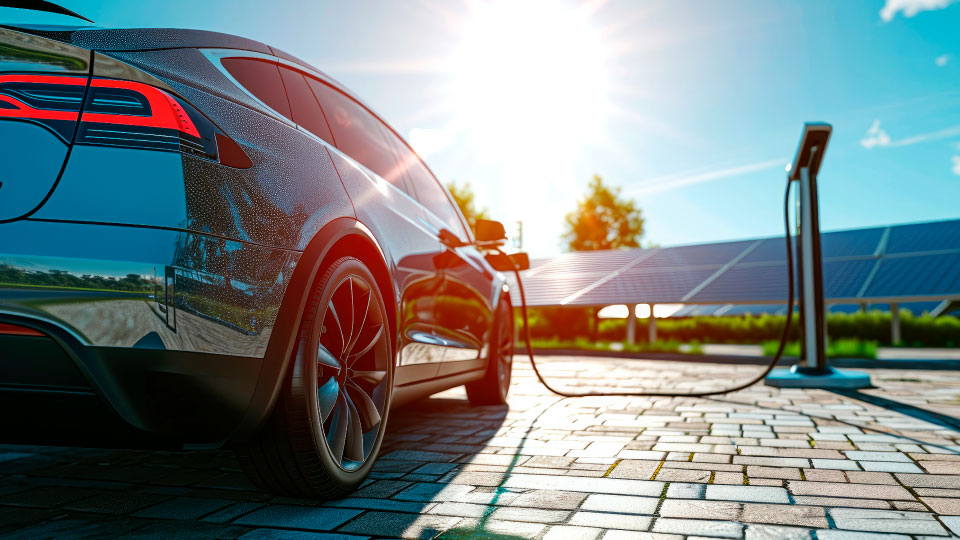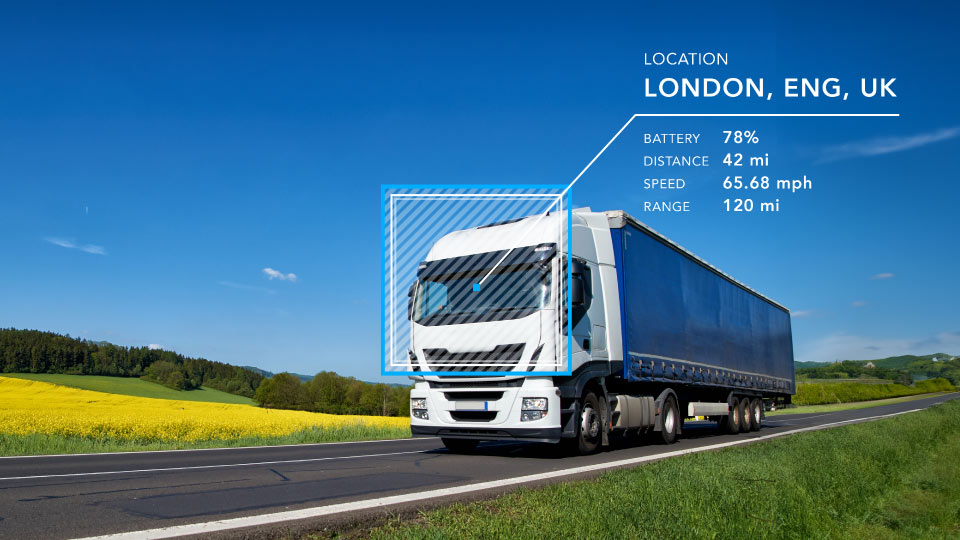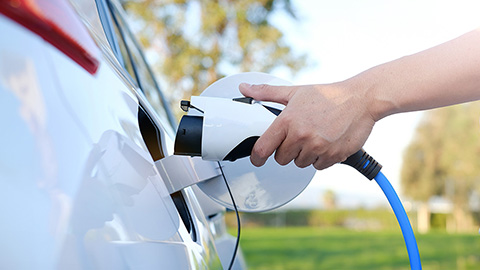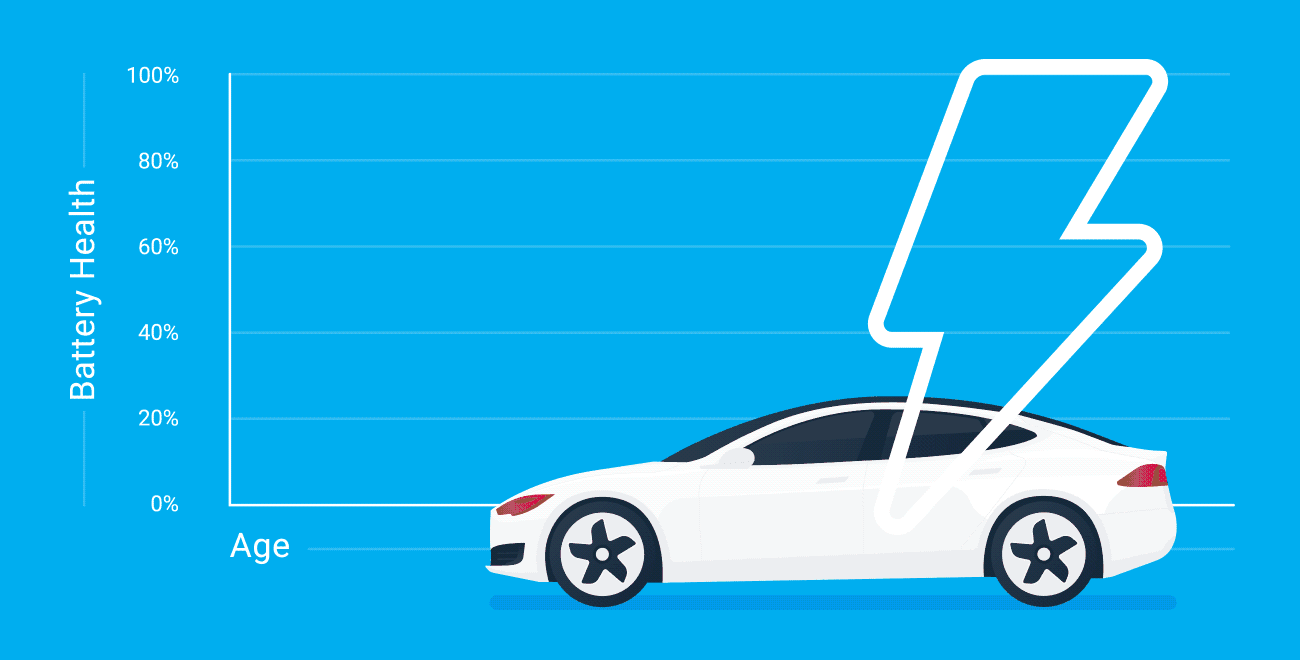The EV Journey Blog Series - Part 2: Getting started on your fleet’s sustainability journey
In the first part of our EV journey series, we looked at the business landscape that is driving the market to electric vehicles (EVs). In this article, we focus on how you can begin on the path to a more sustainable fleet now, while you plan out the longer term transition to electric.

Establish your starting point
Any fleet beginning on its sustainability journey needs to have a clear understanding of where they are starting from. By this, we mean specifically:
- How many miles your fleet currently travels
- Your average fuel efficiency
- How much CO2 your vehicles are emitting
- How much you are spending on fuel
- How many vehicles you operate and how much each vehicle is being used
The data becomes more valuable by being more granular. Having access to these figures for every vehicle in your fleet will provide you with the greatest insight. Equally, the longer the time period you have collected the data for, the better. This allows you to account for seasonal fluctuations in transport volumes and road conditions that might influence your figures. Ideally, data should be collected for an entire year.
Take immediate actions
Many fleet managers make the mistake of thinking that they have to go straight for the goal of electrification in order to make their fleet more sustainable. But the reality is that there are many actions that can be taken almost immediately that can significantly reduce a fleet’s environmental impact by reducing overall fuel consumption, with the added benefit of an improved bottom line.
In this blog post, we look at some of the most valuable short term actions you can take to start immediately reducing your fleet’s environmental impacts.
Reduce idling
A medium to heavy duty vehicle burns on average 2 litres of fuel per hour while idling. If a vehicle idles for just an hour a week, with current diesel prices around 183ppl, idling will cost an additional £190 per vehicle per year. When multiplied across your entire fleet, that can add up to considerable, and often avoidable, fuel costs.
From an environmental perspective, a fleet of 50 vehicles that reduces each vehicle’s idling time by an hour a week could save nearly 14 tonnes of CO2 per year.
And when vehicles are idling in urban areas or around pedestrian road users, then the harmful air pollutants emitted by the idling engine can impact human health. The pollutants in internal combustion engine exhausts have been linked to an increased risk of cardiovascular, respiratory, and developmental conditions, and doctors attribute approximately 40,000 deaths a year to air pollution. A visibly idling van or truck isn’t just harmful to public health, it’s also potentially damaging to your organisation’s professional image.
Implement eco driver training
There can be as much as a 35% difference in fuel economy between your fleet’s best and worst performing drivers. Implementing an eco driver monitoring and training programme can result in fuel savings of up to 15%.
Geotab’s green fleet dashboard presents key performance indicators (KPIs) related to fuel efficiency, specifically harsh acceleration, braking and cornering, and excessive idling. It allows you to view your fleet’s general eco driving trends, and identify and reward the best performing drivers who are working hardest to reduce your environmental impact. Meanwhile, the poorer performing drivers can be provided with tailored training and feedback to help improve their fuel efficiency.
Driver league tables and friendly competitions, such as Geotab’s Driver Challenge, can also be useful tools to improve driver performance, with the result of improving fleet fuel economy.
And since the majority of eco driving behaviours directly result in making drivers safer, as well as reducing vehicle wear and tear, common indirect results of eco driver training are reduced maintenance costs and lower insurance premiums.
Optimise routing
Route optimisation is a vital practice for any fleets whose vehicles have multiple stops in each shift. If routes are largely static, then a route optimisation exercise can be completed once every few months as new jobs come on and old jobs come off. For fleets with dynamic routes, route optimisation should be part of daily route planning.
A telematics system with GPS tracking and route optimisation tools will enable you to plan every route to be the most fuel-efficient and low-mileage in seconds rather than hours. It can even allow you to respond in real time to disruptions to get the most efficient use out of your vehicles.
Practice preventative maintenance
All fleet managers know that implementing a preventative service and maintenance schedule will keep vehicles healthier so that they last longer, suffer less downtime, and cost you less. But many don’t realise that a preventative maintenance schedule can actually result in fuel savings of between 5 and 10%, with the same sized reductions in CO2 emissions.
Better still, predictive maintenance software together with in-vehicle diagnostics and Geotab data, can identify small problems in the key components of your vehicles, long before they result in bigger issues that could reduce fuel economy.
The Geotab Green Fleet Dashboard
Recognising the immediacy of the climate emergency, fleet managers must focus on making their operations more sustainable today, rather than directing all their attention on transitioning to electric. By implementing these few short term actions, you can significantly improve your fleet’s fuel economy, with an instant reduction in CO2 emissions and an improved bottom line.
Geotab’s Green Fleet Dashboard allows you to draw a line in the sand for all the vital data elements that relate to your fleet’s sustainability performance, so that you can start setting smart targets.
View Geotab's corporate sustainability page to see how we are minimising the environmental footprint of our internal operations, while developing innovative technologies to help fleets go green.
And look out for the third article in our fleet sustainability series, which looks at how you can take the first steps to transition your fleet to electric, considering the data you need to know, how to compare the total cost of ownership, and the stakeholders you need to engage to ensure maximum engagement.
Subscribe to the Geotab Blog
The Geotab Team write about company news.
Table of contents
Subscribe to the Geotab Blog
Related posts
.jpg)
Lead with Trust: How Geotab Helps Businesses Navigate CSRD Compliance
March 19, 2025
2 minute read

2030 or 2035, the UK Needs Meaningful Action on EVs Now
September 6, 2024
2 minute read

Driving smarter: Insights from Geotab’s “Taking Charge” Report
August 8, 2024
2 minute read

The art of the possible: Insights from Geotab’s “Taking Charge” Report
June 20, 2024
3 minute read


